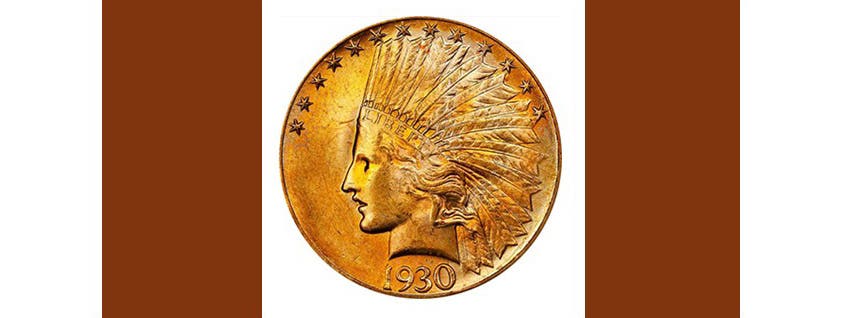Longacre’s Flying Eagle Designed by Gobrecht
• James Longacre is credited as the designer of the Flying Eagle cent, but his eagle looks identical to the eagle on the reverse of Christian Gobrecht’s dollar. Shouldn’t the…
• James Longacre is credited as the designer of the Flying Eagle cent, but his eagle looks identical to the eagle on the reverse of Christian Gobrecht’s dollar. Shouldn’t the designer credit of the Flying Eagle cent be rightfully shared by both men?
While some texts refer to the Flying Eagle design appearing on the cent as being the Longacre design, just about every reference points out that it was Gobrecht’s design that Longacre re-used. I am unaware of any source that ignores Gobrecht as originating the design.
• The recently auctioned 1958 Doubled Die Lincoln cent looks suspicious to me. Why isn’t the date doubled to the same degree as the lettering, as it is on the 1955 and 1972 Doubled Die cents?
The strength of the doubling on a doubled die coin can vary from very slight and isolated to a few design elements to extreme with widespread doubling. As an example, the 1873 Doubled Liberty Indian cent has a doubling to “Liberty,” the headband and feathers; however, there is little or no doubling on the legend “United States of America.”
• You are saying there is more than one kind of a doubled die coin?
Misaligned images on coins known as doubled dies are categorized into eight classifications. These are rotated, distorted, design, offset, pivoted, distended, modified and tilted. These classifications were made due to the Mint using a multi-squeeze hubbing method where the working dies were intentionally hubbed several times to ensure a complete image was transferred. It has been suggested that a ninth classification is needed due to single-squeeze doubled dies.
• How can I tell if I have a doubled die or a double-struck coin?
Double-struck coins were hit twice by the same coinage die during the production process. A doubled die coin is due to the coinage die having been incorrectly manufactured. The doubled die error will lead to two images on a single coinage die. On a double-struck coin, the first impression is flattened or may be completely obliterated due to the second strike.
• Should I have my doubled die coin examined by a third-party certification service?
There are two reasons why a reputable third-party certification service should examine your allegedly doubled die coin. First, you want to ensure you don’t have a much lower value double-struck coin. Second, there are excellent counterfeits of doubled die coins, especially of the doubled dies that are known to command significant prices.
E-mail inquiries only. Do not send letters in the mail. Send to Giedroyc@Bright.net. Because of space limitations, we are unable to publish all questions.








